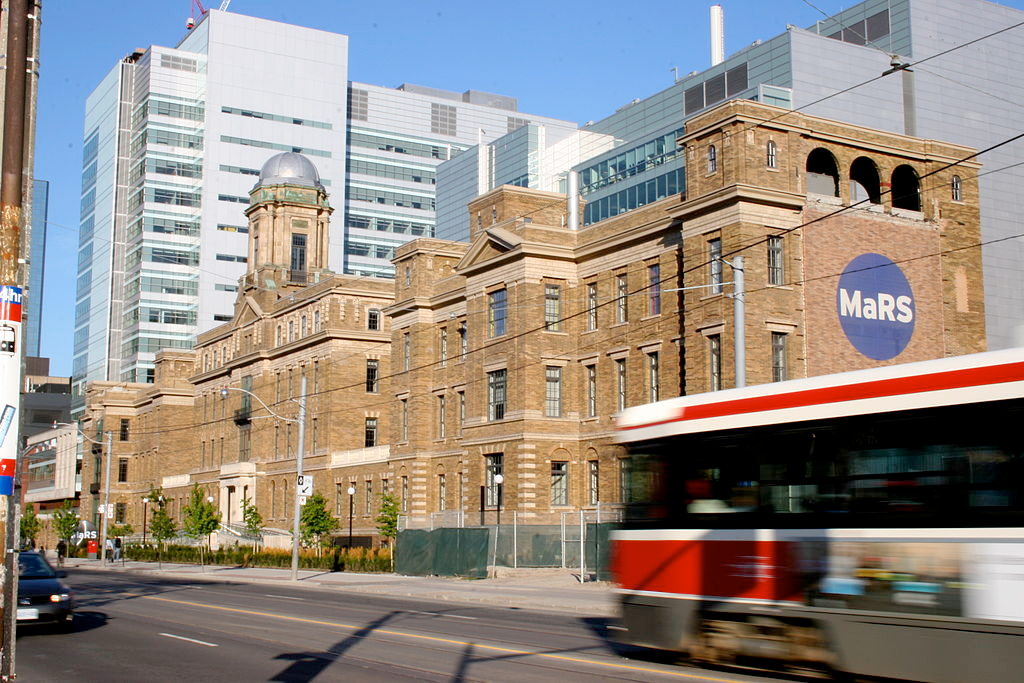By Richa Shivakoti, Toronto Metropolitan University and Anna Triandafyllidou, Toronto Metropolitan University
The United States government recently announced a US$100,000 H-1B visa fee on new applications, which will affect highly educated workers from abroad who are seeking jobs in the U.S. This policy could have ripple effects for Canada by reducing the emigration of Canadians going to work in the U.S. — and by attracting a talented workforce to the country.
The H-1B visa program was created in 1990 for applicants with at least a bachelor’s degree or higher to work in the U.S. The current annual statutory cap is 65,000 visas, with 20,000 additional visas for professionals from abroad who graduate with a master’s or doctorate from an American institution of higher learning.
The recent announcement regarding the fee increase has astounded tech companies that have long relied on the visa to employ foreign workers in the U.S. Since 2012, about 60 per cent of H-1B workers approved each year have held a tech-related job. Tech companies have been pushing U.S. Congress to expand the visa program due to the high demand and competition for the H-1B.
Instead, this massive increase in fees will make it much more expensive for firms to hire highly educated and skilled immigrants.
The impact on Canadians
Approximately 828,000 Canadian-born immigrants lived in the U.S. as of 2023, many of whom moved to the country via employment channels. Canadians made up one per cent of the total H-1B applications in 2019, and the new H-1B visa fee could reduce the number of Canadians moving to the U.S. for work.
This is especially true in the tech sector, as noted by Prime Minister Mark Carney in his recent remarks at the Council of Foreign Relations in New York:
“We are a leading developer of AI. And our research universities are some of the biggest producers in volume of AI, computing and quantum talent in the world. Unfortunately, most of them go to the United States. I understand you’re changing your visa policy, I hear, so going to hang onto a few of those.”
But another possibility is that American businesses could shift towards using the TN visa — an American non-immigrant visa for citizens of Canada and Mexico to work in specific professional-level jobs — to hire more Canadian workers. Canadians are eligible for the work permit under the Canada-US-Mexico-trade agreement.
These companies could then bypass paying the new H-1B visa fee while still hiring Canadian talent. https://www.youtube.com/embed/neuZR1-4EZU?wmode=transparent&start=0 Prime Minister Mark Carney’s full remarks to the Council of Foreign relations. (Reuters)
Competition for global talent
Various countries, including Canada, are competing to attract and retain global talent. For many highly educated people from abroad seeking work in the U.S., especially recent international graduates of American universities, the new visa fee might result in fewer employment opportunities. As they start to look elsewhere, Canada could be an attractive destination if immigration pathways can be provided in a timely fashion.
Research has also shown that when faced with restrictions on immigration policies to hire skilled immigrants, U.S.-based multinational companies have responded by decreasing the number of jobs they offer in the U.S. and by increasing foreign affiliate employment, particularly in India, China and Canada.
So Canada should be proactive in working with these companies as they plan alternate pathways to retain their workforce.
This sudden and drastic change in the H-1B visa fee by the Donald Trump government presents a window of opportunity for Canadian policymakers to react quickly and offer pathways to recruit such foreign talent. The Canadian government seems to be paying attention. Carney told a recent news conference in London:
“Not as many of those people are going to get visas to the United States. And these are people with lots of skills that are enterprising, and they’re willing to move to work …. So it’s an opportunity for Canada, and we’re going to take that into account. And we’ll have a clear offering on that.”
Crises can create opportunities
A policy window opens when there is the right combination of recognizing a problem and providing a feasible policy solution while there is a favourable political climate. This allows policymakers to link the problem to a solution and advocate for change.
In the current environment, policy officials inside and outside of government can provide ideas on creating targeted policies and pathways to recruit talented workers to Canada.
An example of such a targeted initiative was seen in 2023, when the Canadian government, while announcing its Tech Talent Strategy, introduced a program that allowed H-1B visa holders to apply to receive an open three-year work permit in Canada.
It became clear that Canada was regarded as a popular alternative when applications closed within 24 hours after the maximum number of 10,000 applications was reached.
Richa Shivakoti, Research Lead, Migration Governance at the Canada Excellence Research Chair in Migration & Integration program, Toronto Metropolitan University and Anna Triandafyllidou, Canada Excellence Research Chair in Migration and Integration, Toronto Metropolitan University
This article is republished from The Conversation under a Creative Commons license. Read the original article.





